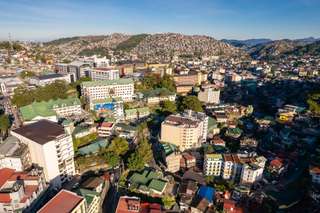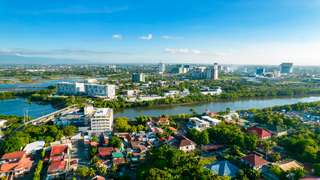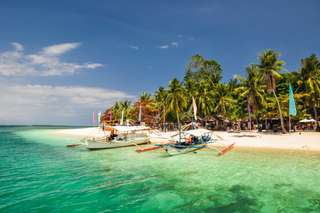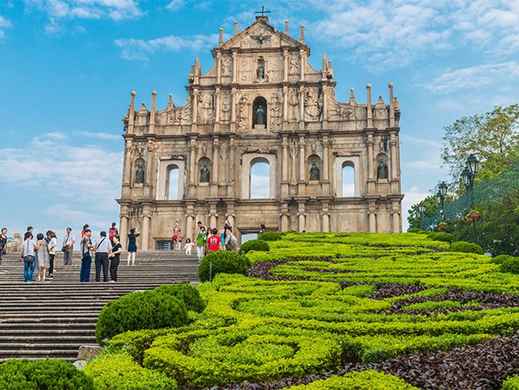


Philippines
Asia
/
Philippines
Philippines - a tropical paradise nestled in Southeast Asia, beckons travelers with its stunning archipelago of over 7,000 islands. This vibrant nation boasts pristine beaches, lush rainforests, and a rich cultural heritage that captivates visitors from around the globe. From the bustling streets of Manila to the serene shores of Boracay, the Philippines offers a diverse array of experiences for every type of adventurer.
Immerse yourself in the warm hospitality of the Filipino people as you explore ancient Spanish colonial architecture, indulge in mouthwatering cuisine, and witness breathtaking natural wonders like the Chocolate Hills of Bohol or the UNESCO World Heritage Site of the Puerto Princesa Subterranean River. Whether you're seeking thrilling water sports, tranquil island-hopping excursions, or a deep dive into the country's fascinating history, the Philippines promises an unforgettable journey that will leave you longing to return.

Get to Know Philippines
Take a tour of this destination's highlights
Popular Areas in Philippines
Inspiring Reads on Philippines

Travel Tips for Philippines
What you need to know before traveling here
Practical Tips for Philippines
Things to prepare and best way to visit
The best time to visit the Philippines is during the dry season, which typically runs from November to April. This period offers sunny weather, lower humidity, and ideal conditions for beach activities and island hopping. However, it's also the peak tourist season, so expect higher prices and more crowded attractions. The wet season, from May to October, can still be enjoyable with fewer tourists and lush landscapes, but be prepared for occasional typhoons and heavy rainfall.
Most foreign tourists can enter the Philippines visa-free for stays up to 30 days, provided they have a passport valid for at least six months beyond their intended stay and a return or onward ticket. This includes citizens of the United States, United Kingdom, Canada, and many European countries. For stays longer than 30 days or for other purposes like work or study, you'll need to apply for the appropriate visa at a Philippine embassy or consulate before your trip.
The Philippines is generally safe for tourists, but like any destination, it's important to exercise caution and remain aware of your surroundings. Most popular tourist areas have a visible police presence and are considered safe. However, petty crimes like pickpocketing can occur in crowded places. It's advisable to avoid certain areas in Mindanao due to ongoing conflicts. Always check your government's travel advisories before your trip, stay informed about local conditions, and take standard precautions such as safeguarding your belongings and avoiding walking alone at night in unfamiliar areas.
The Philippines offers a diverse range of attractions for visitors. Some must-visit destinations include the pristine beaches of Boracay and Palawan, known for their crystal-clear waters and stunning landscapes. The Chocolate Hills in Bohol present a unique geological wonder, while the historic city of Vigan showcases well-preserved Spanish colonial architecture. For adventure seekers, the Banaue Rice Terraces offer breathtaking views and hiking opportunities. Manila, the capital, provides a mix of modern attractions and historical sites like Intramuros, the old walled city.
Transportation in the Philippines varies depending on your location. In major cities like Manila, options include taxis, ride-hailing apps (like Grab), buses, and the Light Rail Transit (LRT) system. For inter-island travel, domestic flights are the quickest option, while ferries provide a more scenic alternative. Within smaller towns and islands, tricycles (motorized three-wheelers) and jeepneys (colorful converted jeeps) are common modes of public transport. Renting a car or motorcycle is possible but consider traffic conditions and road quality, especially in rural areas.
See All Practical Tips for Philippines
Set off your journey to Philippines
Plan smart & save big! Use discount code BISAYUK only for you

Flights

Hotels

Xperience

Get to Know Philippines

Travel Tips for Philippines








































 Facebook
Facebook Instagram
Instagram TikTok
TikTok Youtube
Youtube Telegram
Telegram
